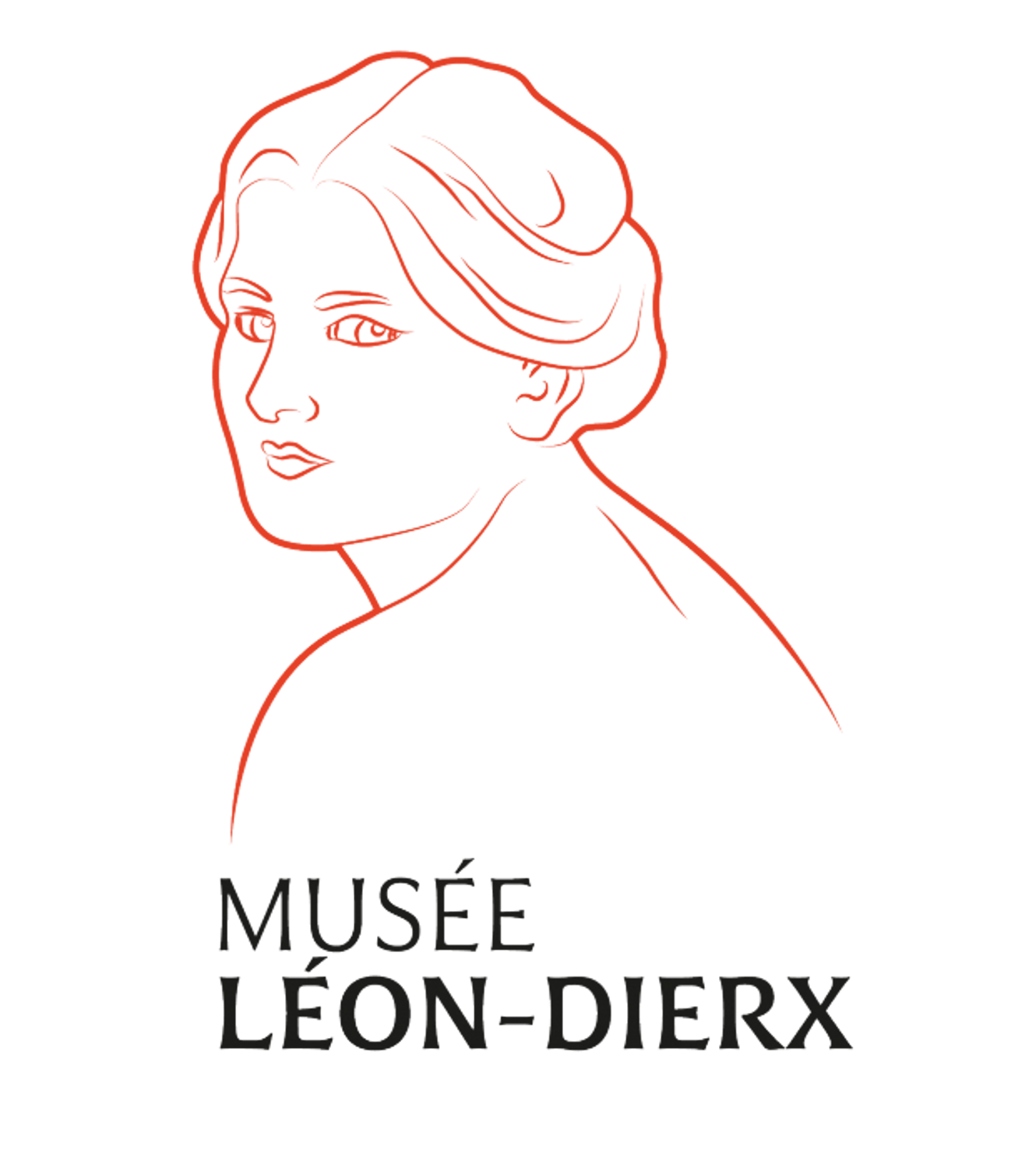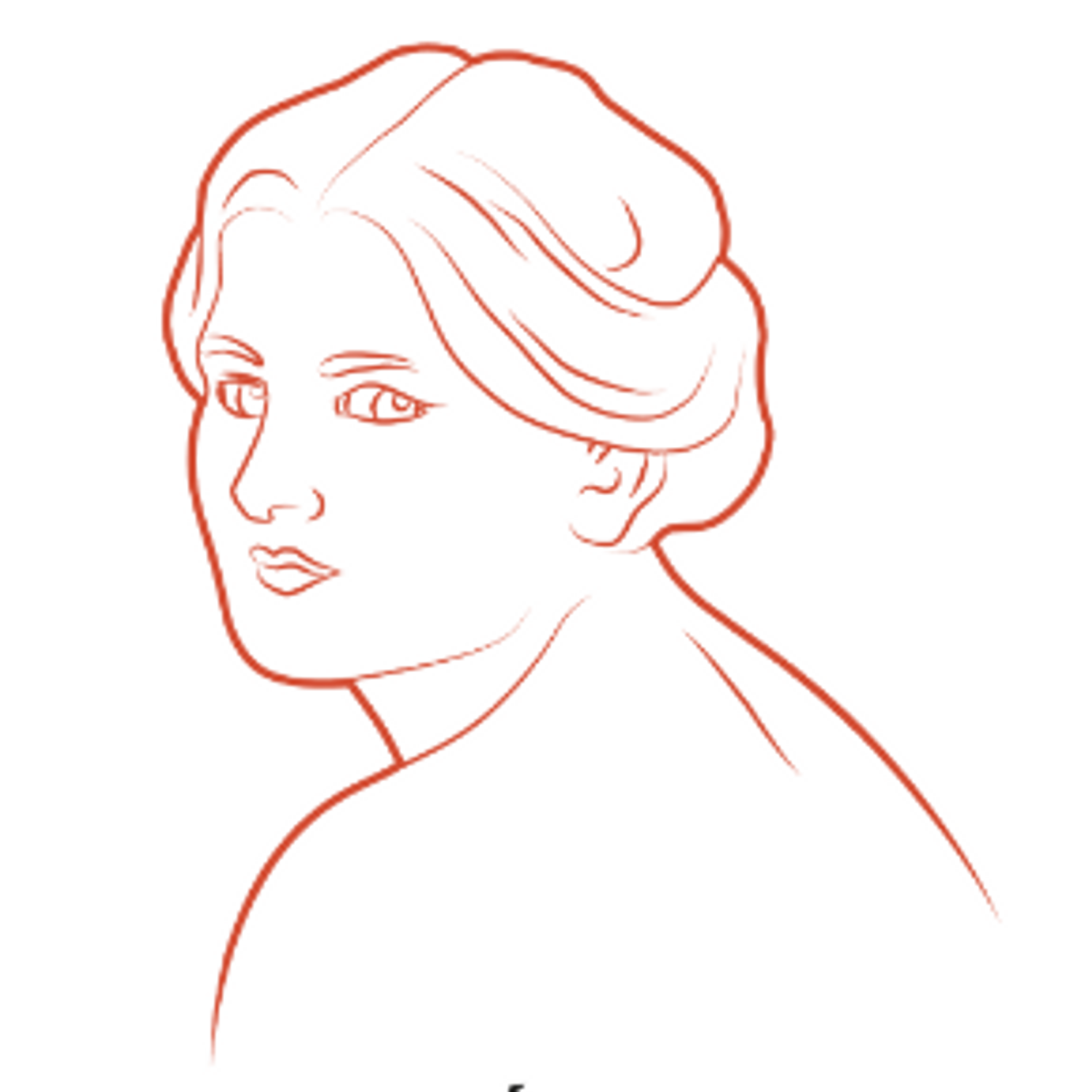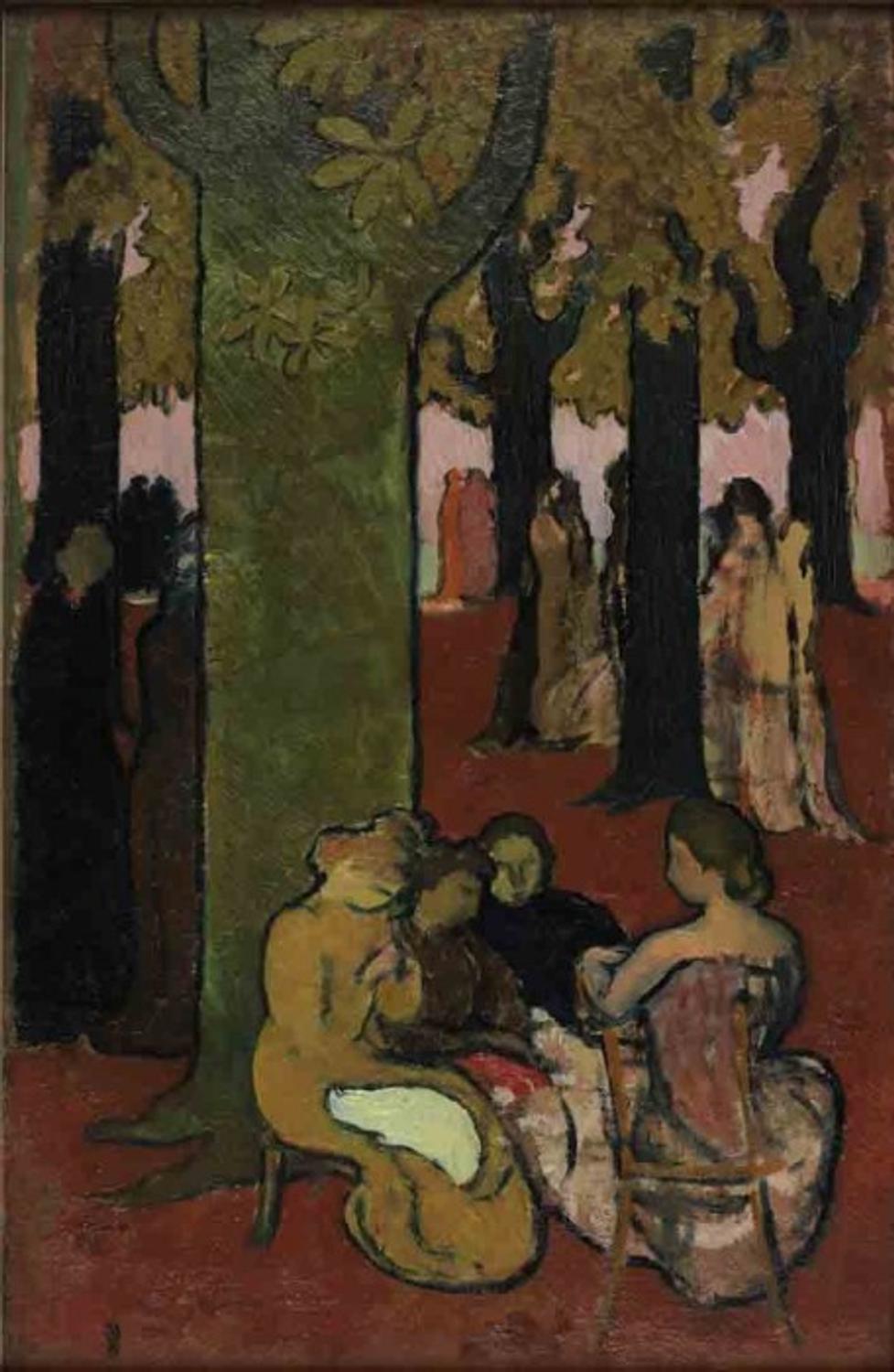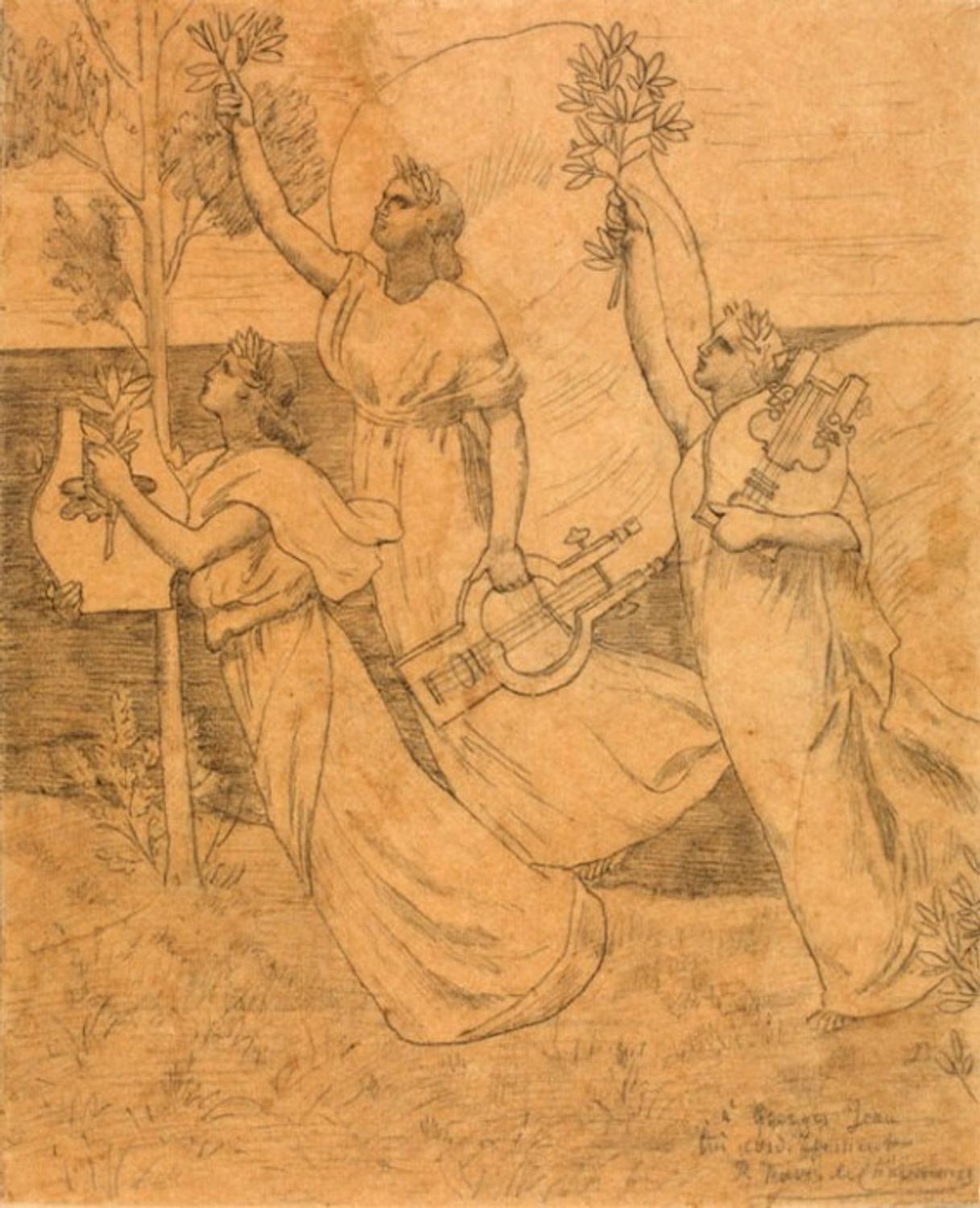THE MASTERPIECES OF THE LEON-DIERX ART GALLERY : Maurice Denis
Maurice DENIS
Grandville, 25 November 1870 – Saint-Germain-en-Laye, 13 November 1943
When studying at the Lycée Condorcet high school, then at the Academy of Art, Maurice Denis became friends with Vuillard, Ker-Xavier Roussel Sérusier, Bonnard and Ranson, artists with whom he later formed the group of the Nabis ("Prophets" in Hebrew). Aged just 20, he became their theoretician.
He was a fervent Catholic and his deep spiritual beliefs earned him the nickname of "the Nabi of beautiful icons". Denis painted a large number of religious scenes, but also intimate settings, often using as his model his wife Marthe Meunier, whom he married in 1893.
His painting is characterised by stylised and simplified forms, as well as very contrasted relations between the colours. Published in the journal Art et critique, he summarised his ideas in a sentence that has remained famous: “It must be remembered that a picture […] is essentially a flat surface covered with colours assembled in a certain order.” This analysis was at the origin of all 20th century artistic expression.
Femmes dans un parc (Women in a park) or Les Muses (esquisse) (The Muses) (sketch), Maurice DENIS
Around1893
Oil on canvas
53,5 x 33,5 cm
Inv 1947.01.35
Lucien Vollard donation
In 1893 at the Salon des Indépendants in Paris, Maurice Denis exhibited a large painting (1,71m x 1,37m), entitled Les Muses, that the artist referred to as being a "decorative panel", a work today to be found at the Musée d’Orsay in Paris. The picture displayed at the Leon-Dierx art gallery is a fairly accomplished sketch.
The women in Les Muses bear the features of Marthe, the artist’s wife, her figure repeated several times and represented by Denis dressed in clothes of the period. The scene takes place in the undergrowth of a park in the vicinity of Saint-Germain-en-Laye, the town where the artist had his house and studio.
The arabesques of the branches and the women’s dresses, curved lines evoking Art Nouveau, are in opposition to the straight lines of the tree-trunks. The shapes are outlined, simplified and painted in autumnal colours, warmer and more intense than in the final "decorative panel".
The number of young women – here over a dozen and ten in the large painting – leads us to think that this is not a traditional representation of the nine Muses, but rather a reflection on his own artistic muse, omnipresent and omnipotent in this "sacred forest", a reflection of the ideal and timeless artistic space painted by Puvis de Chavannes on his monumental decoration for the staircase of the Art Gallery of Lyon, a subject that Maurice Denis himself treated several times.
Remarkable for its stylised forms, the simplification of the figures and the trees, the bold outlines around the figures of the Muses and its eminently decorative bright colours, the painting reflects the importance of Paul Gauguin in the painter’s artistic development, as well as the heritage of Synthetism of the Pont-Aven school in the work of the Nabis.
Pierre Puvis de Chavannes, Muses porteuses de lyres (Muses carrying lyres), around 1893-1896








